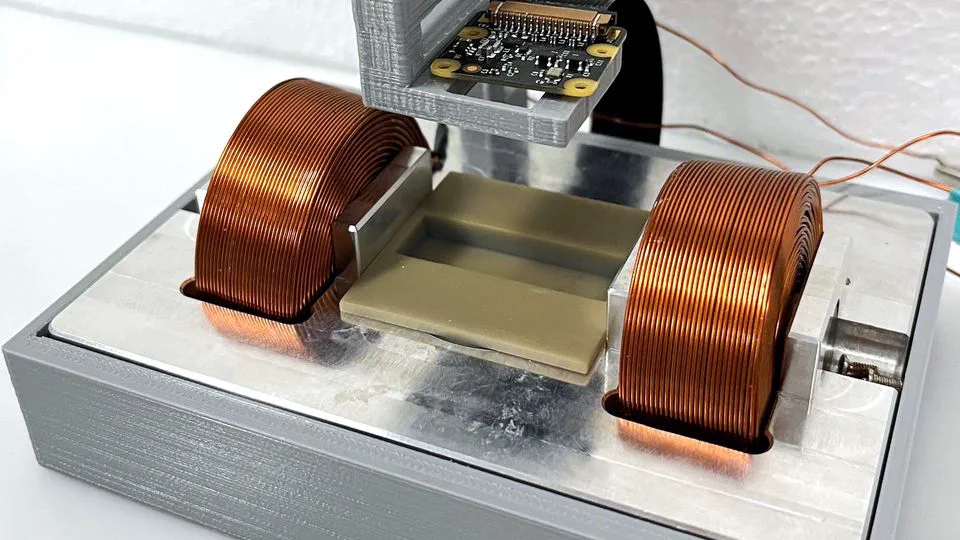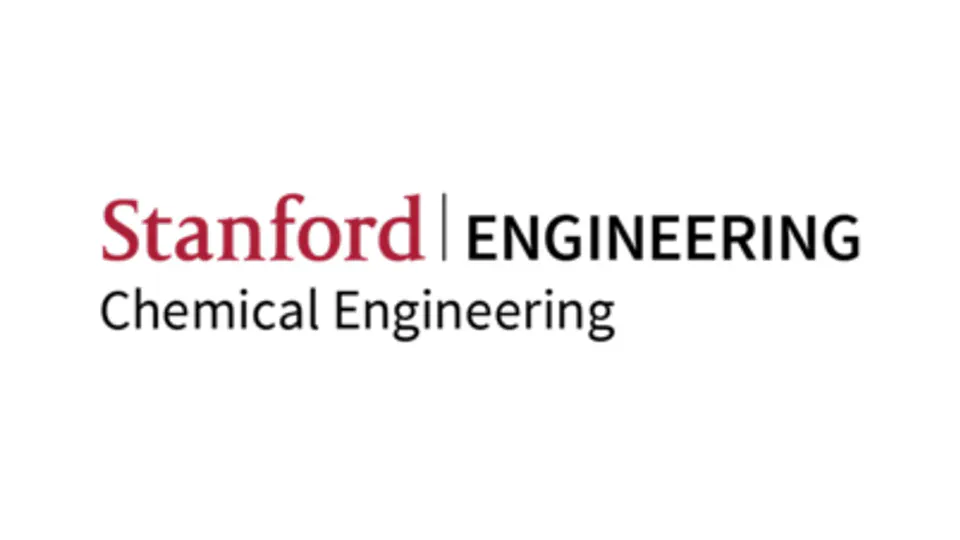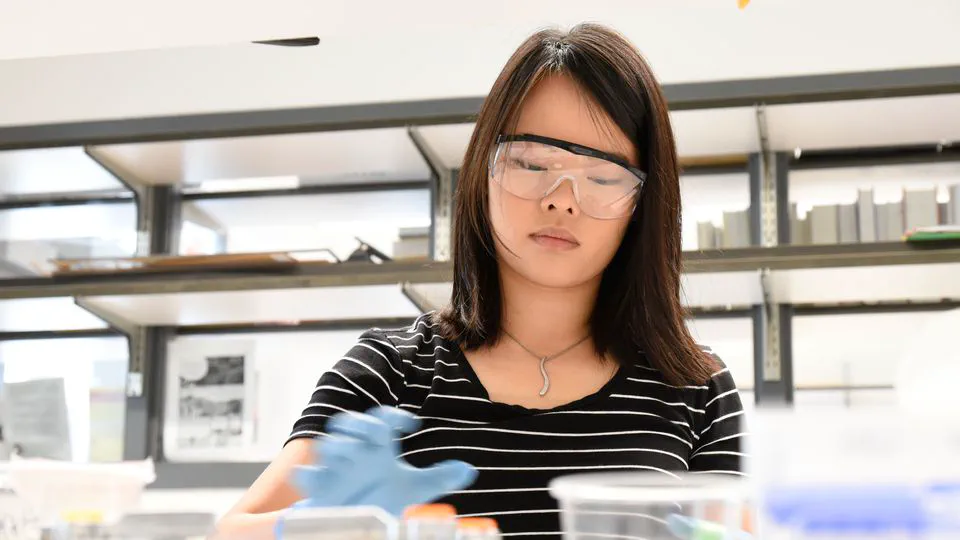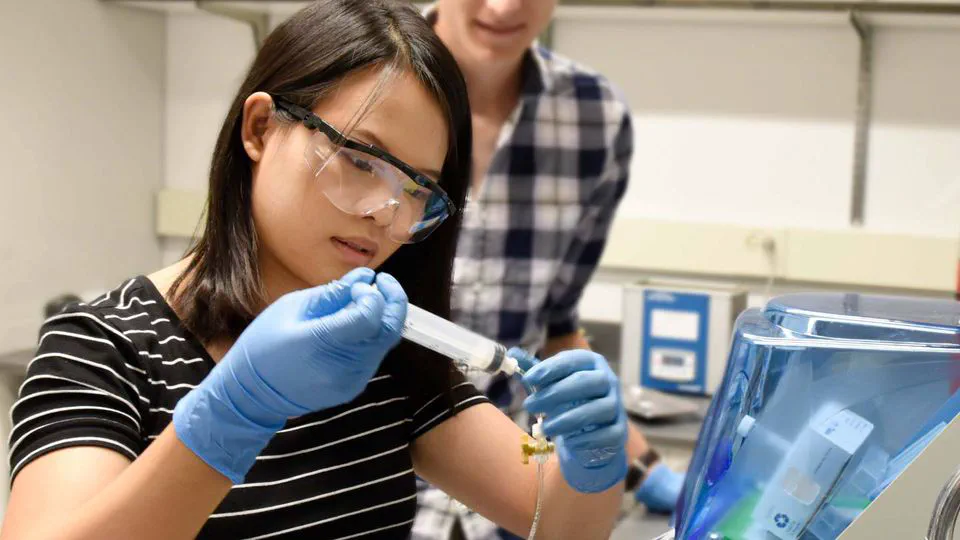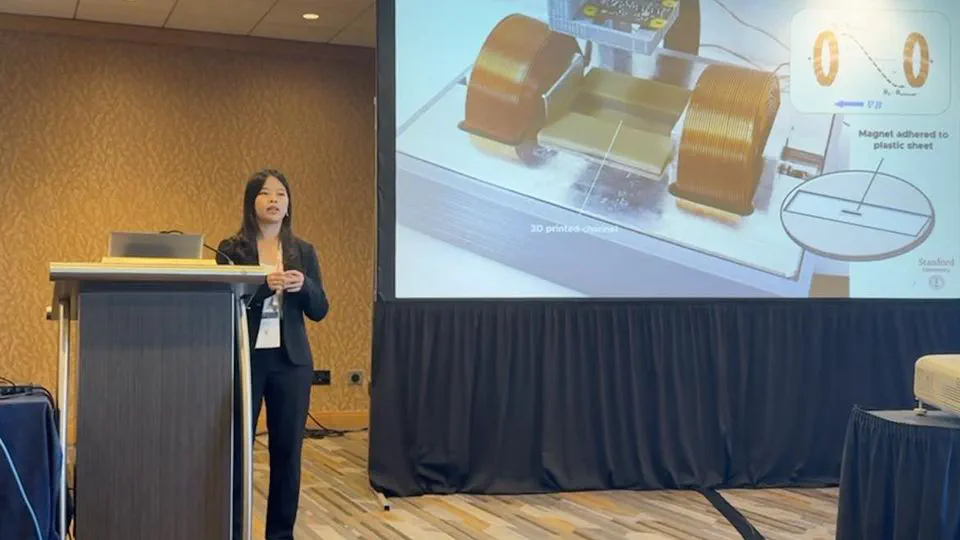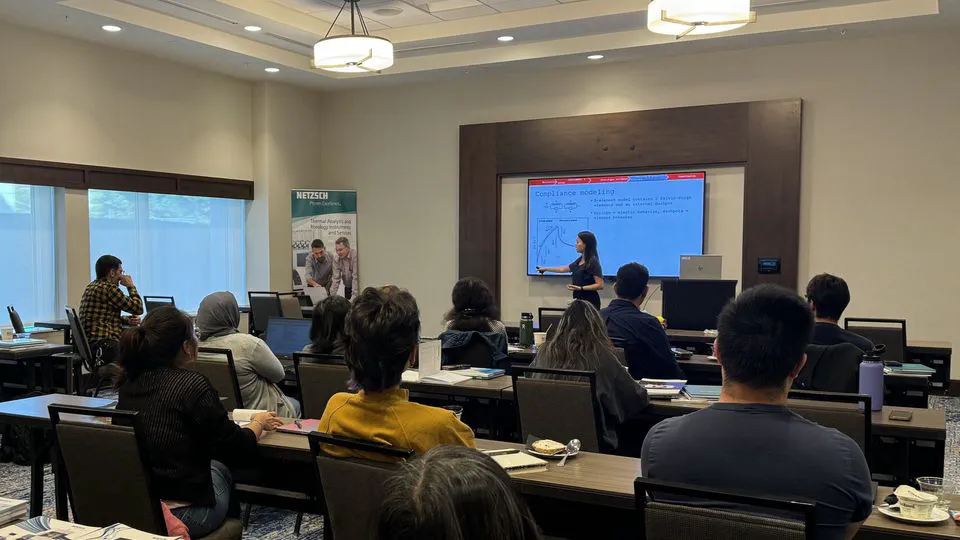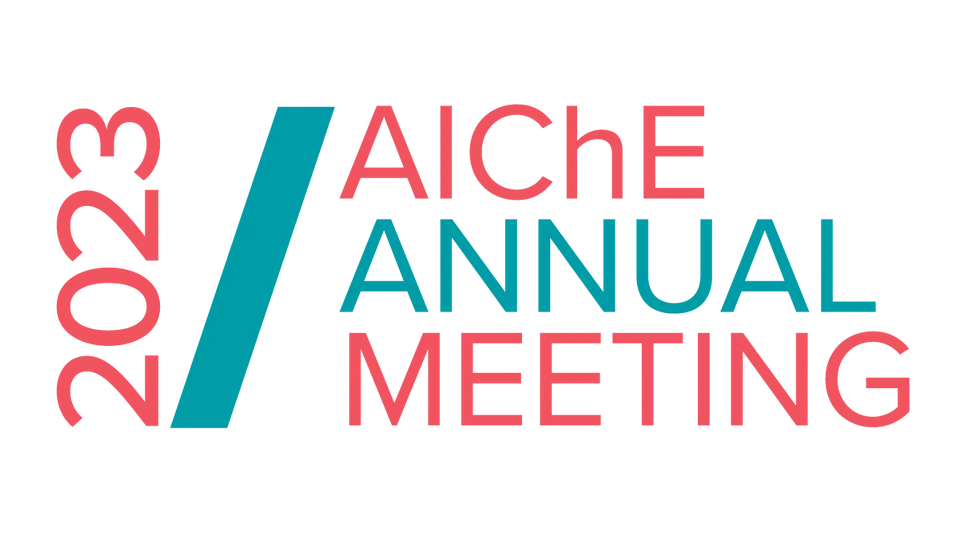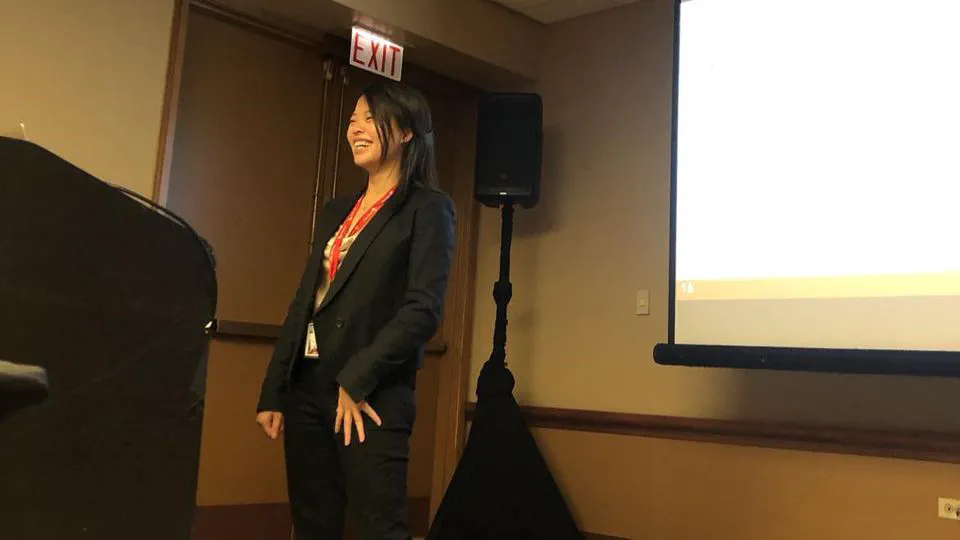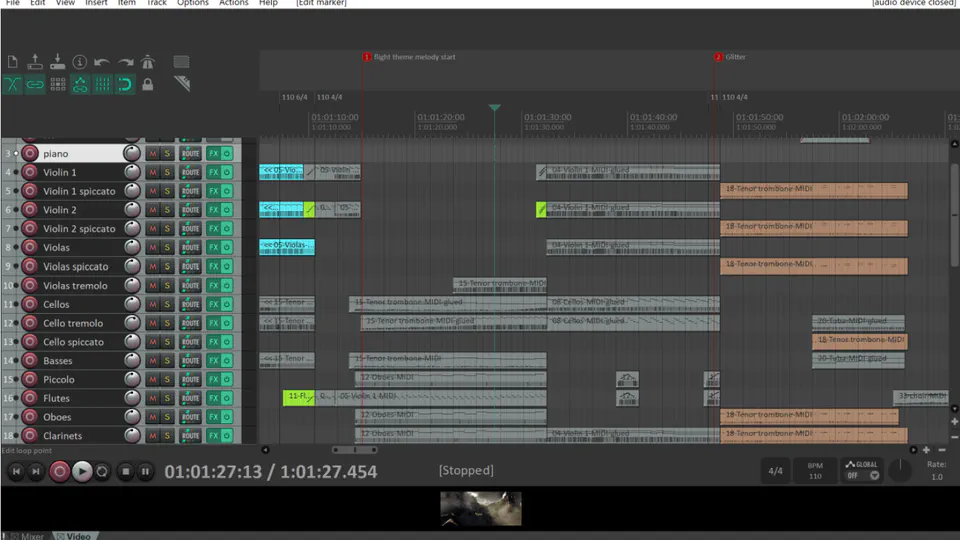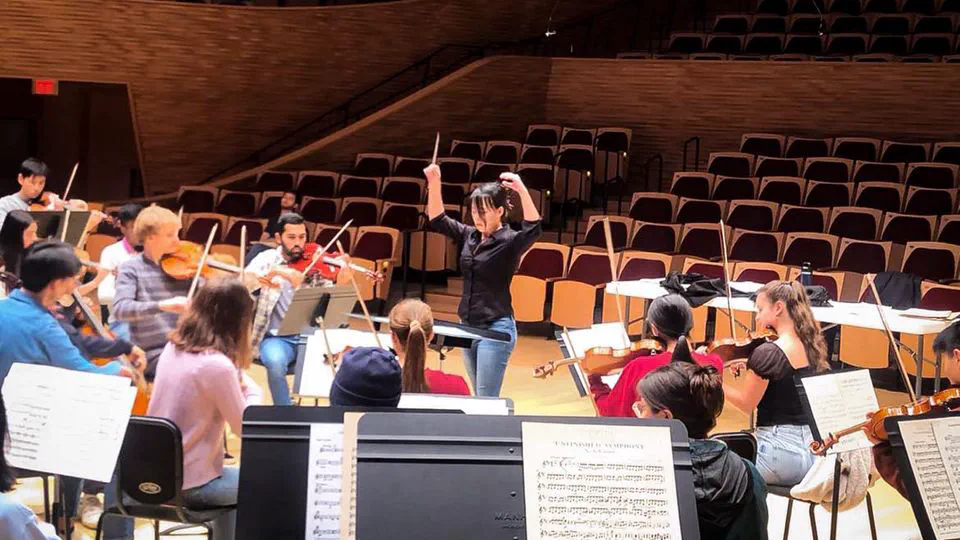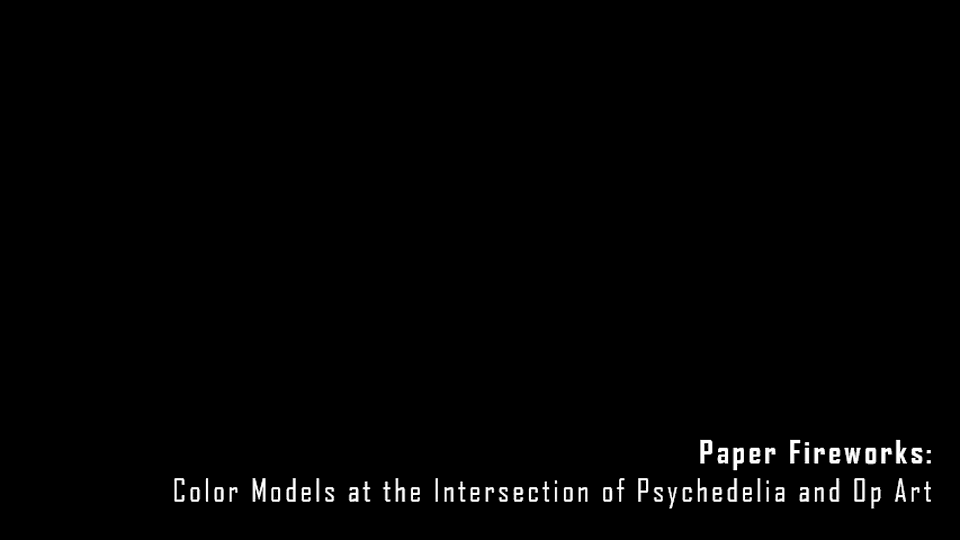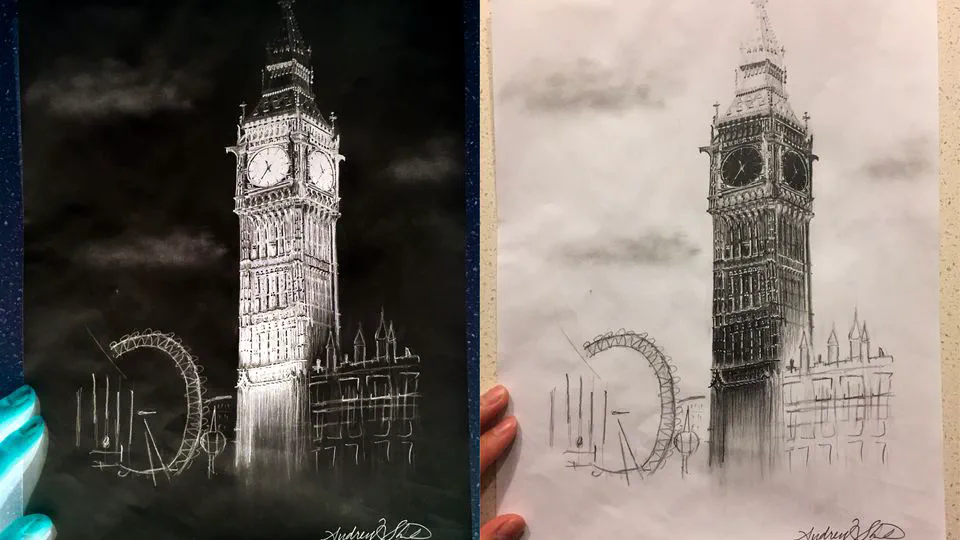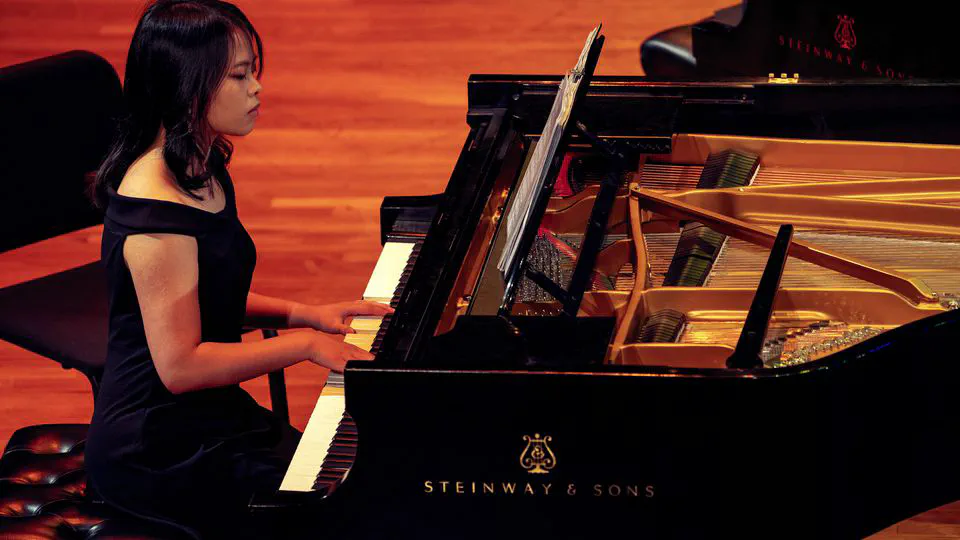- Polymers and Materials Characterization
- Rheology and Fluid Mechanics
- Biomaterials
MS Chemical Engineering
Stanford University
BSE Chemical & Biological Engineering
Princeton University
Drainage of abscess fluids often fails because physicians don't have a way to predict which catheter size is suitable. I've built a low-cost, portable, sterilizable magnetic stress rheometer that can be deployed to hospitals to solve this issue. With <1 mL of a sample of abscess fluid, I can use my instrument to model the fluid and predict its drainage rate, enabling physicians to personalize treatment plans for each patient, using this simple flow rate calculator.
I'm also using rheological measurements to study the gelation of hydrogel bioinks in 3D bioprinting. My research is supported by the NSF Graduate Research Fellowship.
During my undergrad, I worked with Professor Sujit Datta at Princeton University to understand the flow of polymer solutions in porous media, useful in cleaning up groundwater in aquifers. See below for news about my work!
Outside of the lab, I play clarinet and piano and dabble in conducting, composing, and arranging. I love experimenting with new instruments, techniques, and styles of music. I also like making science-inspired art.
See some of my music and art projects below!
